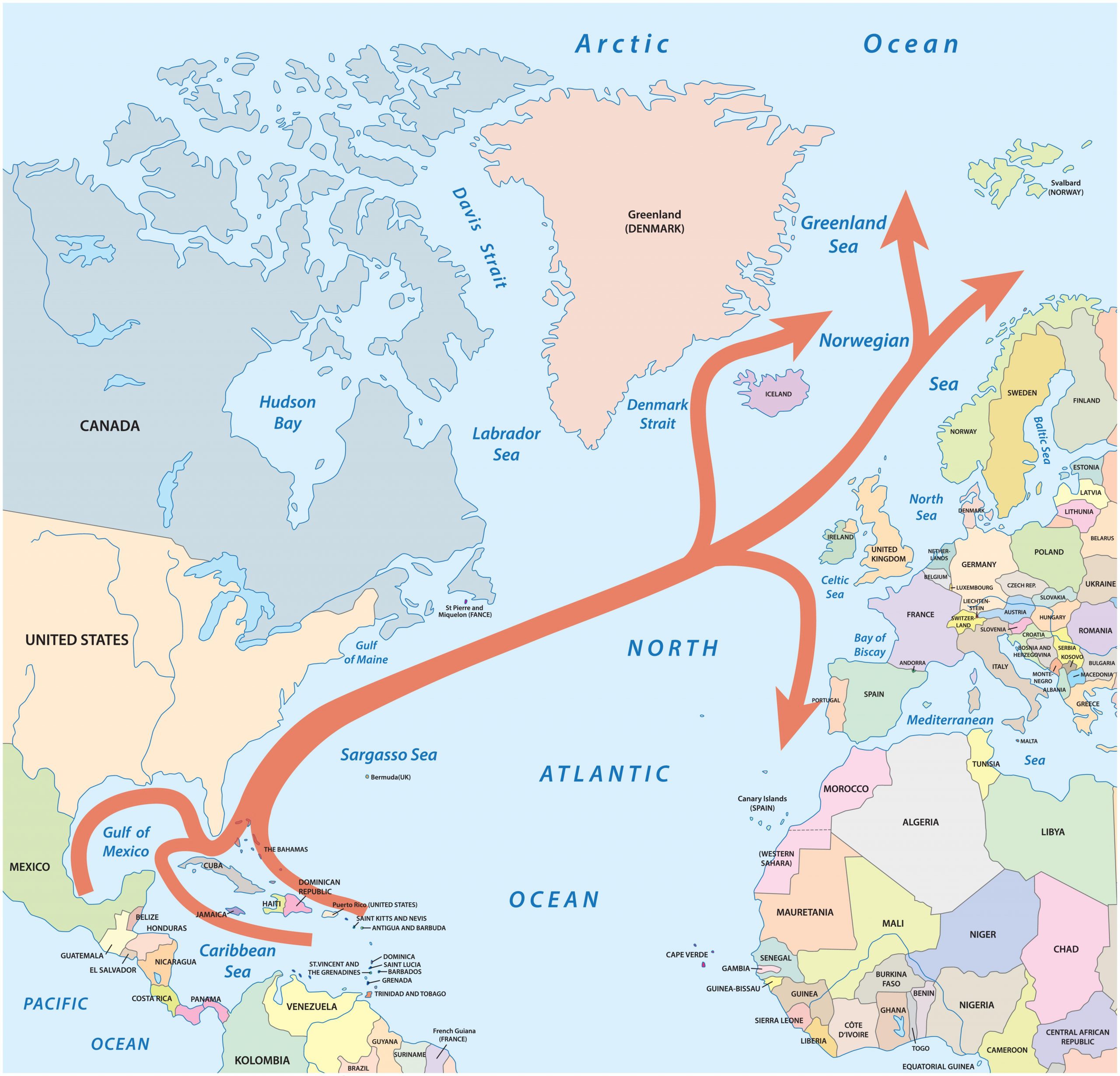By Robbin Laird
As the U.S. Navy reworks how to do blue water expeditionary operations into and through the North Atlantic with integrated capabilities with our Nordic and Baltic allies, how best to shape an expeditionary approach for an offensive-defensive enterprise?
What building blocks are essential to work more effective Marine Corps engagement in such an effort? And what does the U.S. Navy need to do to enable more effective Marine Corps engagement?
And how does the USAF and its evolving capabilities, such as the coming of F-35s at RAF Lakenheath come into play?
Finally, how does the defense transformation being undergone by our allies in the North Atlantic intersect with the changes being driven by the U.S. Navy and supported by the USMC?
The broad point is that there are several trajectories of change in the process of change and working how to get the most effective convergence of combat capability is a major challenge.
During my visit to Camp Lejeune in April 2021, I had a chance to discuss these challenges with LtCol Daniel Macsay, an Expeditionary Operations Officer. He highlighted a number of the challenges which needed to be met to enable the Marines to be effectively engaged in North Atlantic force transformation.
I will highlight a number of takeaways from the conversation, and am not holding him responsible for what I took away from the conversation. But what is clear is that the process of change has fully engaged II MEF and very experienced Marines, like LtCol Macsay are fully engaged in the process of creating real capabilities for the strategic shift from the land wars to the Fourth Battle of the Atlantic.
The first point may seem obvious but it is crucial.
There is a strategic triangle among the seabases, the land bases and airpower which enable the combat effects to be delivered throughout the North Atlantic defense arc from Florida to Finnmark.
As the Marines go ashore, or operate afloat, what is the major focus, mission or contribution?
One area of interest is the evolving capabilities for the reconnaissance mission.
How might ashore Marines throughout the arc connect with the US Navy, the Air Force and allies, to provide enhanced information central to the fight?
This could be targeting information; this could be crisis management information; this could be providing information in a key situational awareness gap.
But for this to work, the C2 side of the equation needs to be significantly worked.
How does Navy C2 onboard the amphibious and strike fleet integrate to provide a grid into which Marine Corps reconnaissance information most effectively flow?
The second point is that we are at early days in terms of Navy-Marine Corps integration.
We discussed Navy and Marine Corps targeting which currently is not well integrated.
But there is also a C2 challenge.
As LtCol Macsay put it: “We have got to get past the idea that the Navy has one lane, and we have another.
“If there’s specific skills and functions that we can do and ones they can do, then we need to work ways to operate more effectively together?”
The Marines having worked ashore in the land wars, have worked very effective C2 for fires solutions ashore.
The Navy is focused on C2 for the blue water fight.
How can these two efforts become blended with a more effective capability to work the triangle of seabases, airpower, and ashore forces?
This is a significant strategic reset that requires training, experimentation and acquisition of capabilities to enhance their ability to work together.
Scalability of the force is a key capability which is the target of Marine Corps-Navy integration but how to enable such a capability?
The third point is honing skills operating as a distributed force within an integrated battlespace.
This means shaping new skill sets, and in LtCol Macsay’s words: “Building a discipline that allows us to actually deploy with distributed command and control.
“This requires shaping capabilities where the overall commander can have a serious level of confidence in the distributed force’s ability to carry out command guidance.”
And the final point is that this needs to be done in a denied combat environment as necessary.
For this to happen, reducing demand on communications bandwidth is required.
This requires enhanced training of the forces working together in the distributed combat environment so that there is a good deal of in LtCol Macsay’s words, “implicit understanding of what to do” that does not need to be communicated over networks sucking up bandwidth.
This makes the training function increasingly important to shaping the new combat approach and capability to be relied upon in North Atlantic defense.
Rather than having to do too much explicit communications, “we need to shape enhanced implied communications capabilities.”
By reshaping operations, and the exercises that support the process of changing how to operate, the template for change is created within which technologies can be identified which further the approach.
Rather than waiting for new technologies that operate as magic wands to deliver feasible Marine Corps-Navy integration, the approach of Second Fleet and Allied Joint Force Norfolk under VADM Lewis to craft the template now and technology will follow seems to make a lot of sense to North Carolina based Marines.
The featured graphic: Map of the Gulf and North Atlantic stream in the Atlantic Ocean


